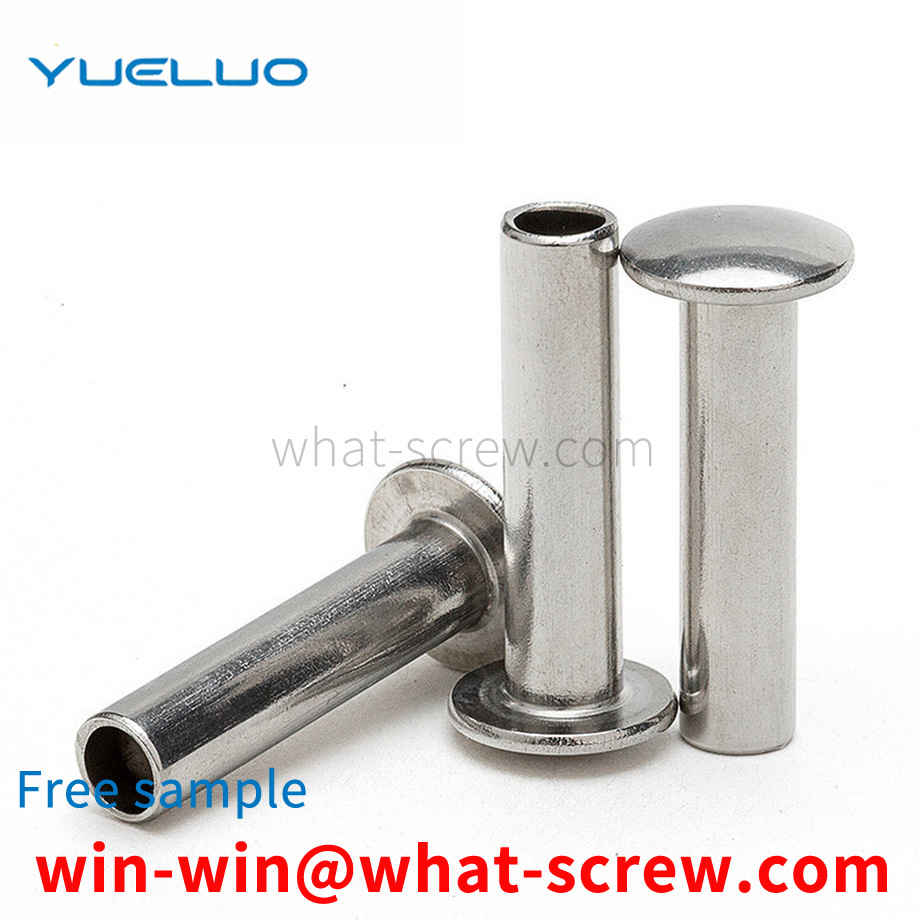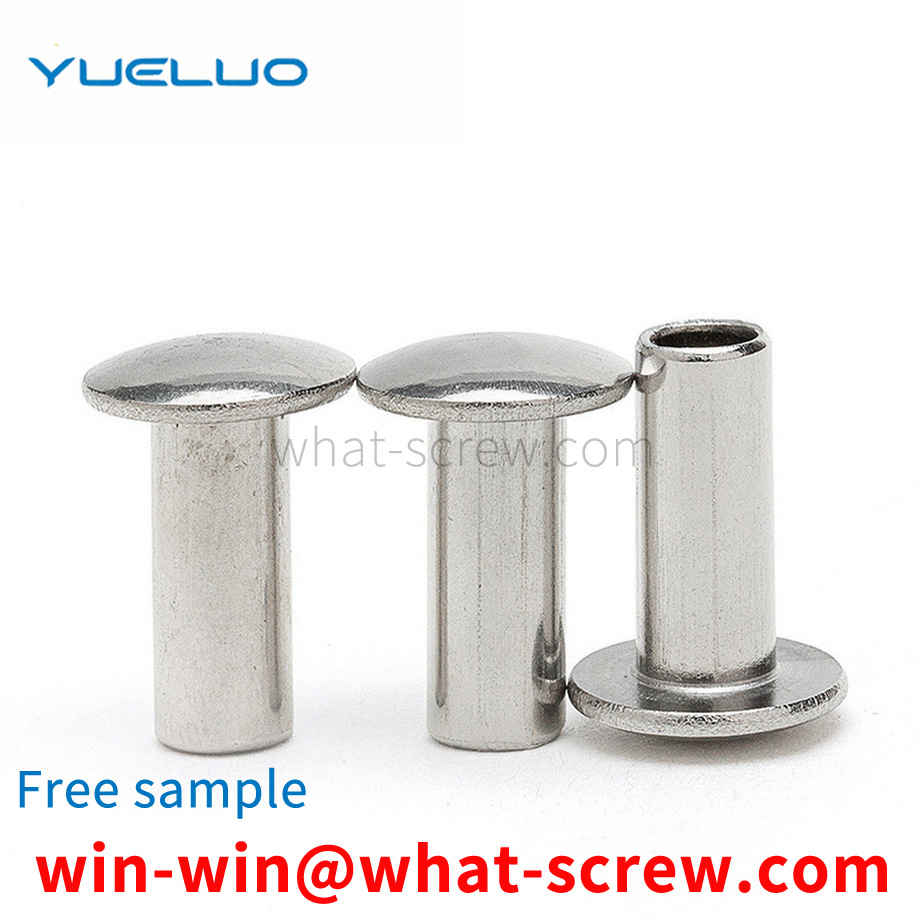The diameter, length and quantity of the stud bolts shall meet the requirements, and the type and material of the stud bolts shall be determined by the grade. There are two types of commonly used stud bolts (also known as full-threaded studs). The thread is divided into two types: coarse thread and fine thread. The coarse thread ordinary thread is expressed by M and the nominal diameter, and the fine thread ordinary thread is expressed by M and the nominal diameter × pitch. The fastener standard stipulates that M36 bolts use coarse thread, M36 and above diameters can use fine thread, and the pitch is 3. bm=1d studs are generally used for the connection between two steel connected parts; bm=1.25d and bm=1.5d studs are generally used between cast iron connected parts and steel connected parts The connection between the two; bm=2d double-ended stud is generally used for the connection between the aluminum alloy to be connected and the steel to be connected. The former connector has internal threaded holes, and the latter connector has through holes. The threads at both ends of the equal-length studs need to be matched with nuts and washers, and are used for two connected parts with through holes. One end of the welding stud is welded on the surface of the connected piece, and the other end (threaded end) passes through the connected piece with a through hole, and then the washer is put on, and the nut is screwed on, so that the two connected pieces are connected as a whole.
The pretreatment process is a key process that determines the quality of nickel-phosphorus plating on high-strength bolts. The purpose of this process is to remove the passivation layer on the surface of the bolt and prevent the regeneration of the passivation film. The execution of this process directly determines the degree of bonding between the substrate and the coating. Most of the quality accidents in production are caused by poor pretreatment of bolts. Before plating, the oil, rust and oxide scale attached to the surface of the bolt must be carefully removed; the difference with electroplating is that it should be inspected more carefully, and plating is absolutely not allowed on unclean bolts. ① Inspection of bolts: Visual inspection of the surface quality of bolts requires that any burrs left by processing must be removed, and sharp edges and corners must be rounded. ② Manual degreasing; ensure that the surface of the substrate is free of oil stains. ③ Soak and remove oil; boil the bolts in alkaline water to remove the surface oil. ④ Pickling: In order to prevent the alkaline degreasing solution from contaminating the flash nickel plating tank, electro-activation treatment is carried out with pickling solution before flash nickel plating. ⑤ Electro-activation; electro-activation treatment with acid solution. ⑥ Flash nickel plating; flash nickel plating should be used for low alloy steel to increase the bonding strength between the coating and the substrate.
screw is a tool that uses the physical and mathematical principles of the circular rotation and friction of an object to fasten the parts of the object step by step. Since the parts to be fixed are different, different types of screws are required for different applications. Press screw is a new type of fastener applied to thin plate or sheet metal. The principle is to press the embossed teeth into the preset holes of the sheet metal. The diameter of the general preset holes is slightly smaller than the outer diameter of the pressure riveting screw. The periphery of the hole is plastically deformed, and the deformed object is squeezed into the guide groove, thereby producing a locking effect. However, the existing pressing screws are easy to loosen due to long use time or frequent vibrations, which is prone to certain hidden dangers.
The circlip lifting and tightening mechanism includes a lifting mechanism and a tightening mechanism; the lifting mechanism includes a lifting cylinder and a ball screw; the output shaft of the lifting cylinder is connected with the ball screw; the ball screw drives the tightening mechanism to achieve up and down move; the tightening mechanism includes a tightening motor, and the output shaft of the tightening motor drives a pinion sleeved on the output shaft to rotate; the pinion drives the largest gear meshed with it to rotate, and the largest gear is driven by The second largest gear meshed with it rotates; the diameter of the first largest gear is the same as that of the second largest gear; the lower ends of the rotating shafts of the first largest gear and the second largest gear are equipped with rotating discs, and each rotating disc is fixedly installed A probe; two probes can be inserted into the two holes of the circlip at the same time, and the circlip can be tightened or loosened as the motor rotates.
Nylon self-locking nut Nylon self-locking nut is a new type of high anti-vibration and anti-loose fastening parts, which can be used in various mechanical and electrical products with a temperature of -50 to 100 °C. Aerospace, aviation, tanks, mining machinery, automobile transportation machinery, agricultural machinery, textile machinery, electrical products and various types of machinery have a sharp increase in the demand for nylon self-locking nuts, because its anti-vibration and anti-loosening performance is much higher than other Various anti-loose devices, and the vibration life is several times or even dozens of times higher. At present, more than 80% of the accidents of mechanical equipment are caused by loose fasteners, especially in mining machinery, and the use of nylon self-locking nuts can prevent major accidents caused by loose fasteners.
We have many years of experience in the production and sales of screws, nuts, flat washers, etc. The main products are: hook screws, GB873 hollow core screws, GB109 flat head rivets, stud bolts, expansion screws and other products, we can provide you with suitable fastening products piece solution.



















 Service Hotline
Service Hotline




